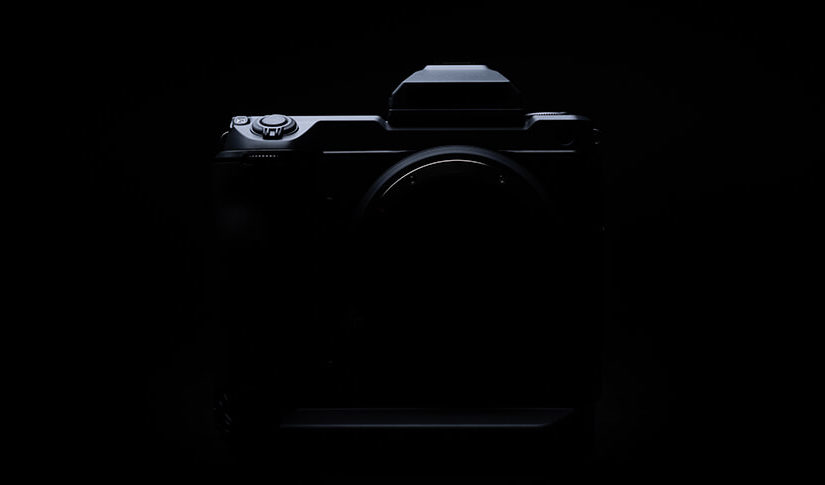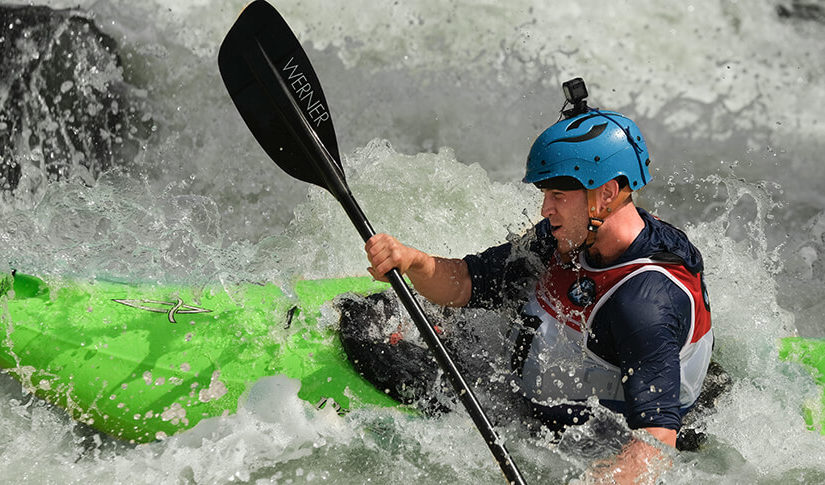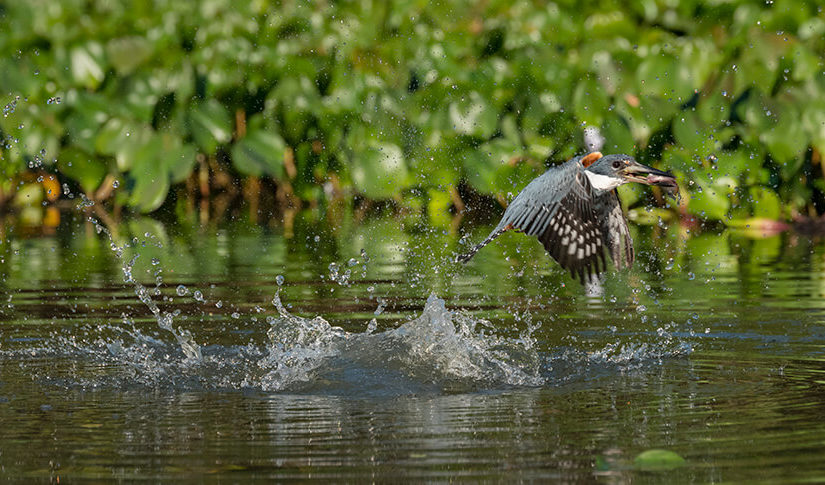
 5 minute read
5 minute read
Six Great Subjects for Macro
Check out some of our favourite small subjects and explore the world of macro photography with us
It’s easy to see the appeal of macro – or close-up – photography. It’s possible to reproduce details that you could never dream of noticing with the naked eye, plus almost anything goes in terms of subject matter. Whether you’re at home or out and about, there are plenty of subjects to get close to.
For really detailed macro images, you need a dedicated macro lens. There are two in the FUJIFILM range, the details of which are at the bottom of this article, but there are other options when you start out in close-up photography.
Let’s start with your zoom lens. Lenses including the XC15-45mmF3.5-5.6 OIS PZ and XF18-55mmF2.8-4 R LM OIS, which may have come with your camera body, have impressive close focusing capabilities. These enable you to get some frame-filling images of slightly larger subjects. Also, some of our single focal length (prime) lenses, such as the XF35mmF2 R WR, are capable of getting you close, too.
Another option to consider is an extension tube. These are hollow tubes that fit in between your lens and camera body and, in doing so, allow any lens to focus much closer. Pair an extension tube with one of the zooms mentioned above, for example, and you’ll be able to get impressively close. Fujifilm extension tubes come in two sizes – 11mm and 18mm – referring to the amount of extension they offer. The greater the extension, the closer you can focus. They also maintain full autofocus and exposure functionality, so they’re a sound choice if you’d like to try true macro photography without spending too much.
But what about subjects? Here are a few of our favourites to get you started, each varying in their level of difficulty. Macro photography, while accessible, can be a challenge, so don’t get downhearted if your hit rate is low to start with. It will improve!
Butterflies

Photo © Nicole Young
Butterflies are one of the most popular macro subjects, because they look so stunning up close. However, they are among the trickiest subjects to photograph, because they rarely stay in one place. You’ll improve your chances if you venture out early in the morning, when they can be laden with dew and slower to move, or consider visiting a butterfly farm, where they will be more used to human presence.
In both cases, select a wide aperture to help them stand out against a busy background and focus carefully. Consider using the Velvia Film Simulation mode for more punchy colours.
Insects

Photo © Akin Acar
Butterflies aren’t the only insects worthy of your attention – bees, dragonflies, ladybirds and grasshoppers all look pretty awesome when you get up close. They’re hard to catch, though, so be prepared to set yourself up in a place where they are active and wait. If you move about too much, your hit rate will drop.
Select single point AF by pressing the MENU OK button, navigating to the AF/MF SETTING menu, then choosing AF MODE > SINGLE POINT. Now use your camera’s focus lever to move the active AF point around the frame so you can react quickly to a subject’s arrival. Try using the FUJIFILM Camera Remote app on your smartphone to photograph remotely if you think your presence is scaring your subject. You can even tap your smartphone screen to move the focus when using the Remote app.
Water

Photo © Bill Fortney
There are so many different options when it comes to water. After a heavy rainfall, look out for water droplets on leaves and pay particular attention to the reflections in them. Also, look out for puddles, ripples, and water on vehicles and glass.
Flowers

Photo © Denise Silva
Flowers are a great macro subject, either out in the wild or in a more controlled indoor environment. There are two key ways to approach flowers: vibrant pictures of the flowers themselves or, for a more artistic approach, close in to the petals or leaves. Dried or dying flowers can also make good subject matter. Look for shapes and symmetry in your images and be sure to experiment with different Film Simulation modes to see what effects you can achieve.
Making macro images of flowers outdoors can be harder than you may think. The best time to try is when it is overcast and not too windy, or to try and find blooms in the shade where there will be less contrast between light and dark.
Parts of the Body

Photo © Andy Noble
A willing human subject can make for superb creative images, and concentrating on facial features is a good starting point, like eyes, lips or ears. It can also be great fun photographing your pets up close. Try focusing on their nose and whiskers or paws.
Black & white is often the way to go here as it accentuates tone and form, perfect for human or animal features. Try avoiding flash and instead use soft, daylight on a cloudy day to achieve a flattering look.
Fruit

© Nicole Young
Much like flowers, fruit can also make great subject matter if you seek out the beautiful shapes and symmetry that exist in nature. Slices of fruit lit from behind are a great way of creating eye-catching close-up images, especially if you use citrus fruit like lemons and oranges, or those with a complex seed structure such as kiwis.
























































